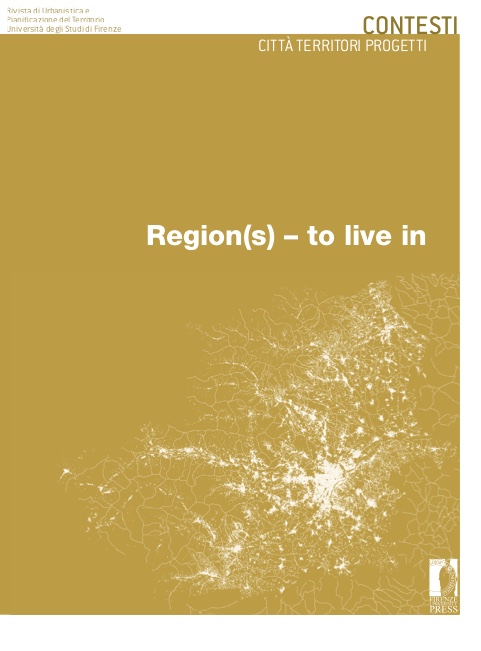Iran's Territorial Divisions from a Bioregional Perspective. A Case Study of Western part of Khorasan Razavi Province, Iran
Published 2019-09-24
How to Cite
Abstract
To date, weakness and inefficiency of Iran’s regionalization system to develop a territorial coherent space based on local potentials has seriously challenged integrated management of space disrupting country’s potential for sustainability. Tackling these problems has necessitated the identification of a new approach drawing on territorial complexity act as a base to determine sustainable units as a context for territorial unity. Therefore, in the light of bioregionalism approach - a framework capable of improving synergic relationships, cohesion and capacity- the current study aims to determine spatial units called bioregions as the most congruent purlieu of cultural, ecological, historical and socio-economic integrity. To map bioregions in this case study of western part of Khorasan Razavi consisting of an area of seven counties having limited ecological capacities, the cartographic design was adopted as the methodological approach. With this in mind, 10 original data layerswere collected and converted to shapefiles in Arc GIS. The land was divided into 17 bioregions. Research findings show how these bioregional boundaries significantly mismatch the state-created ones and this necessitates dramatic changes in current boundaries to match the principles of place and ecological criteria. To reach critical mass and create capable communities, bioregions were classified into 3 categories: Macro, Meso, and Micro bioregions. In practice, the congruency of bioregions provides a context for integrated spatial management that will lead to developing regional synergy aimed at creating territorial coherence and enhancing the biological capacity of the country in the long run.


